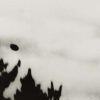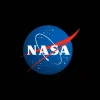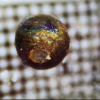Light leaking from a distant galaxy hints at a cosmic makeover’s origins0
- From Around the Web, Space
- November 9, 2019
Harsh ultraviolet radiation suggests how hydrogen got ionized in the universe long ago

Harsh ultraviolet radiation suggests how hydrogen got ionized in the universe long ago
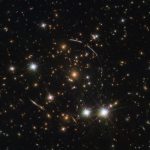
An effect called strong gravitational lensing has allowed the NASA/ESA Hubble Space Telescope to see the same remote galaxy twelve times. Called PSZ1 G311.65-18.48, the galaxy is almost 11 billion light-years from Earth and has been lensed by a massive foreground galaxy cluster 4.6 billion light-years away.
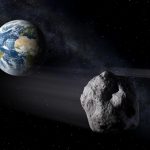
NASA’s impact monitoring system has detected the largest and most dangerous asteroid that could hit Earth. If this asteroid collides with Earth, it could cause a partial extinction event on the planet.
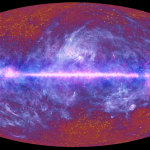
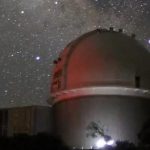
A super telescope has begun the most detailed survey of the Universe ever undertaken.

Astronomers studying black holes in our galaxy, the Milky Way, have discovered what they believe to be a new type of black hole. This previously unknown class of black holes could be smaller than others that were previously dubbed the smallest black holes.
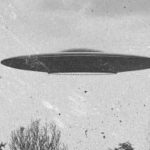
If you had hopes of finding E.T. anytime soon, one astronomer is about to burst your bubble.

Source: Bended Reality Home security cameras captured the moment a meteor streaked across the night sky over Fullerton, California, in the early hours of November 2. Jessica Gilstrap tweeted this video recorded by her doorbell camera, writing: “WHOA! Jared and I were laying in bed and a bright light shone in our room, I thought
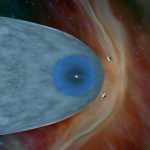
Nasa craft is second to travel beyond heliosphere but gives most detailed data yet

The universe contains somewhere in the ballpark of 100 billion and 200 billion galaxies. With numbers that large, you can bet that there are some real weirdos out there. Out beyond our Milky Way, there are galaxies shaped like jellyfish, galaxies that consume other galaxies, and galaxies that seem to lack the dark matter that pervades the rest of the universe.
